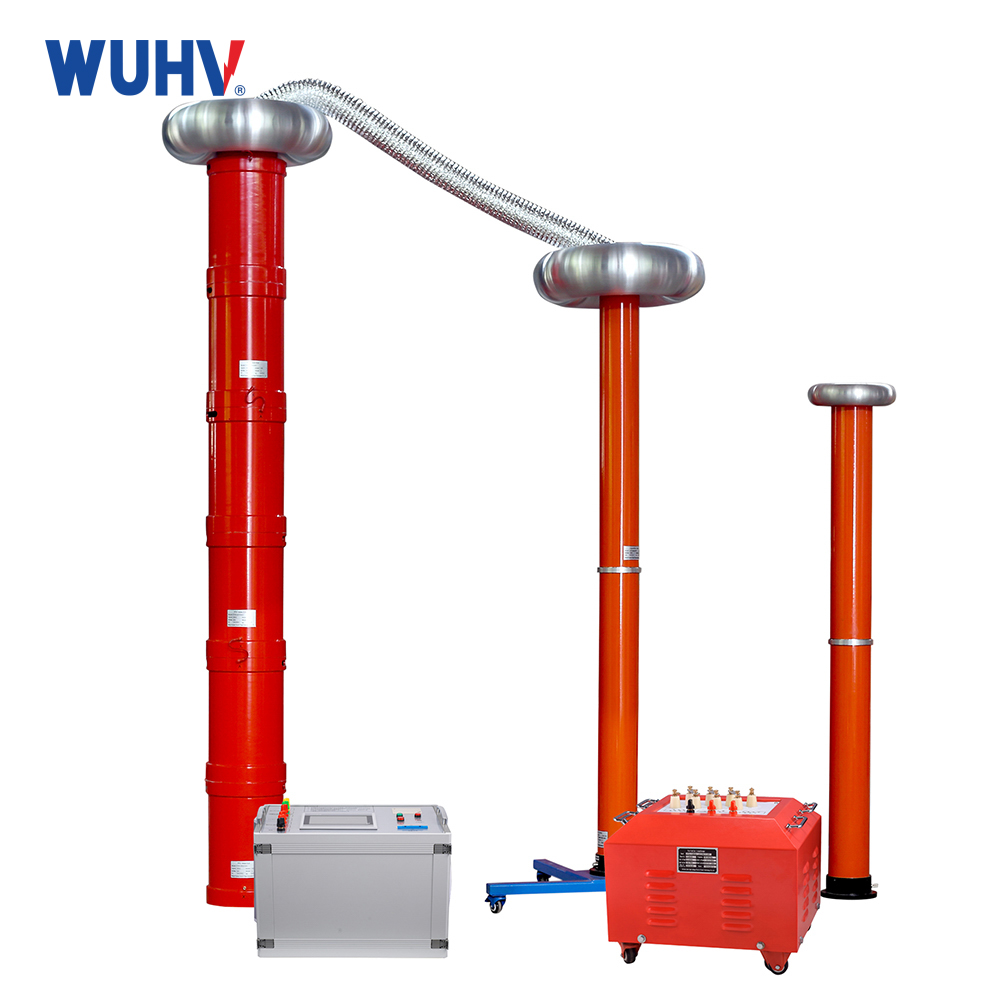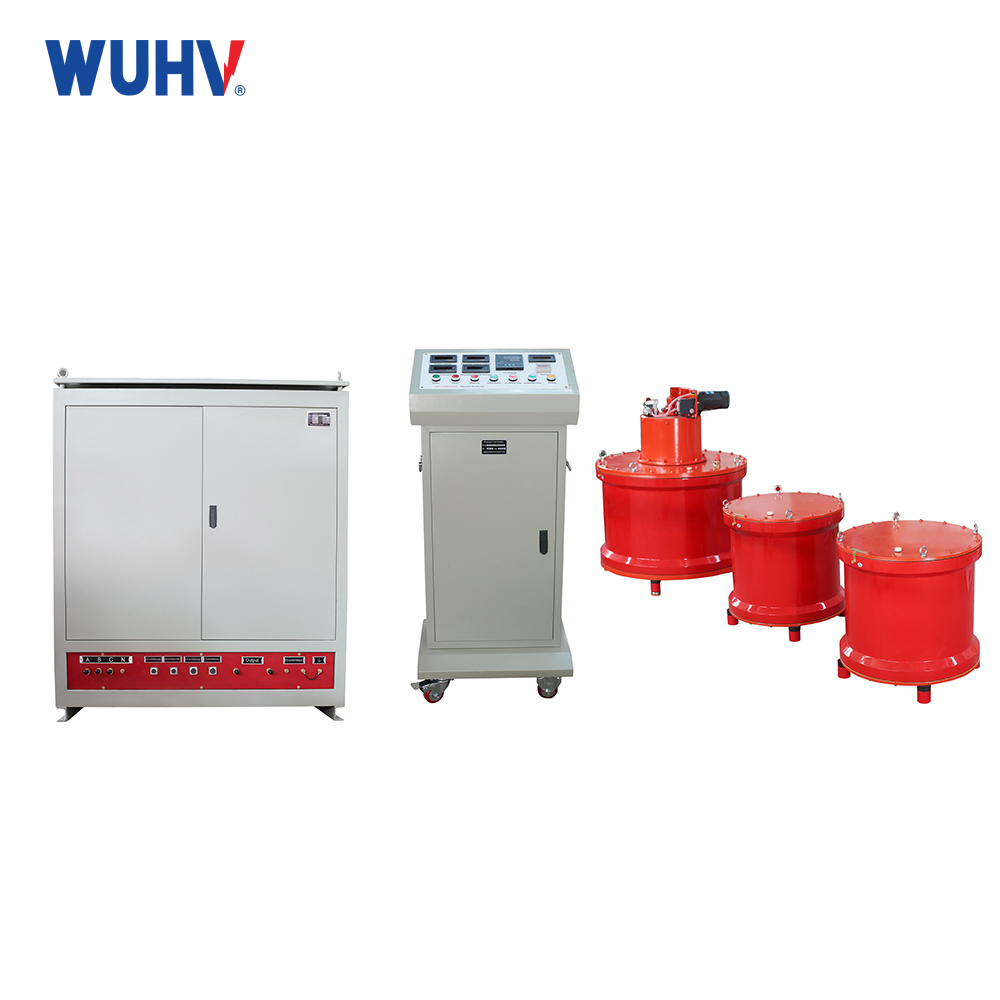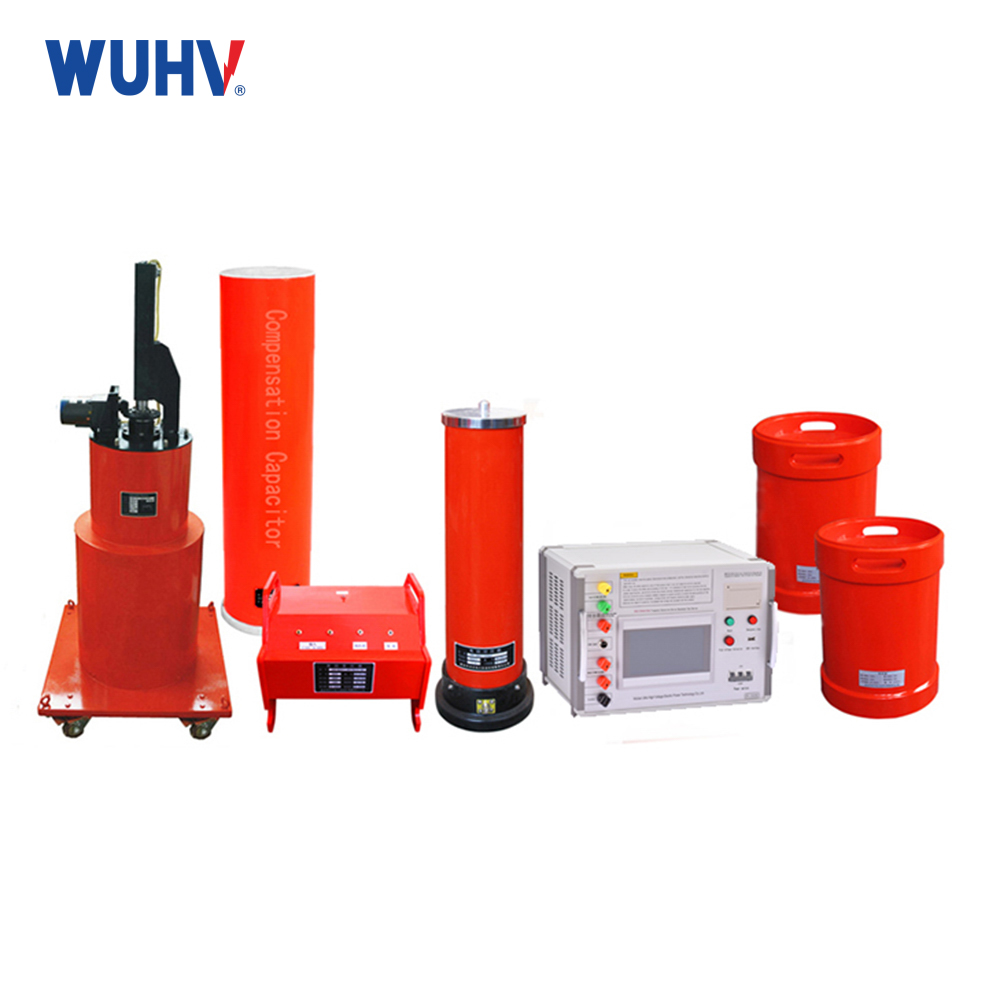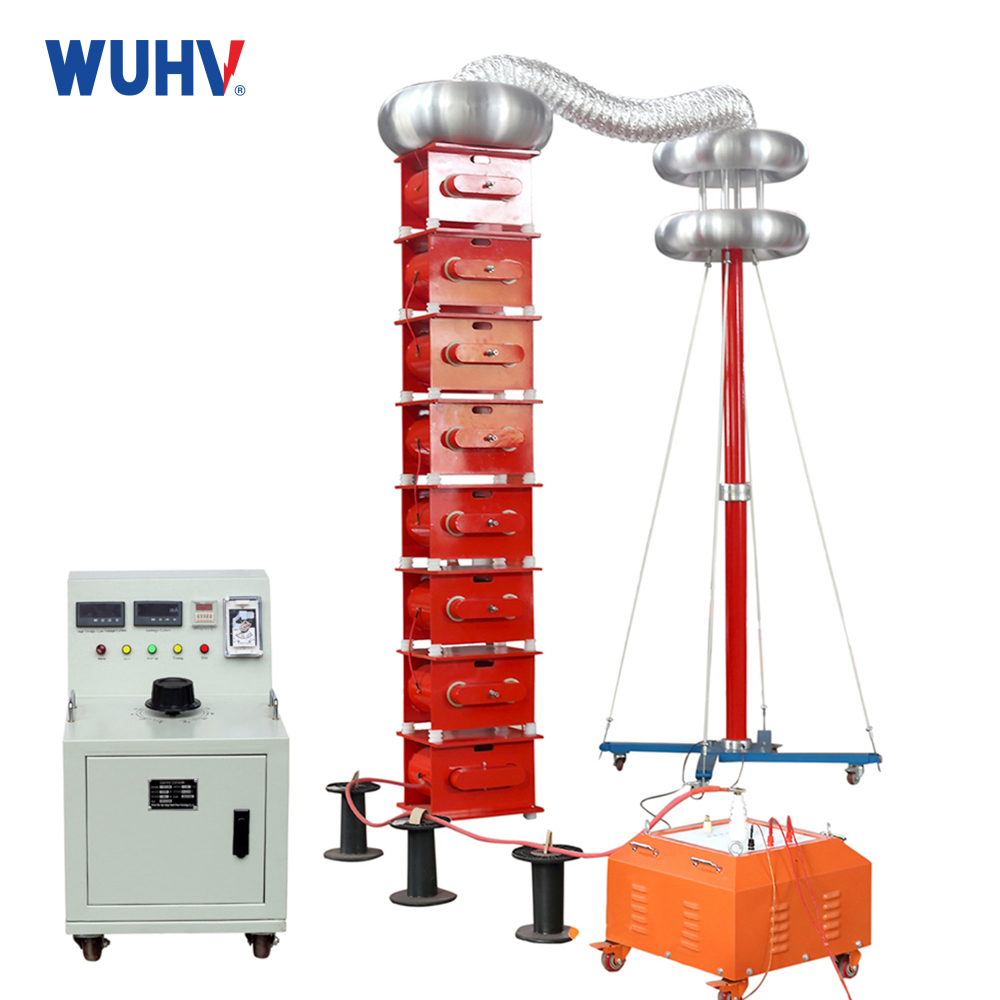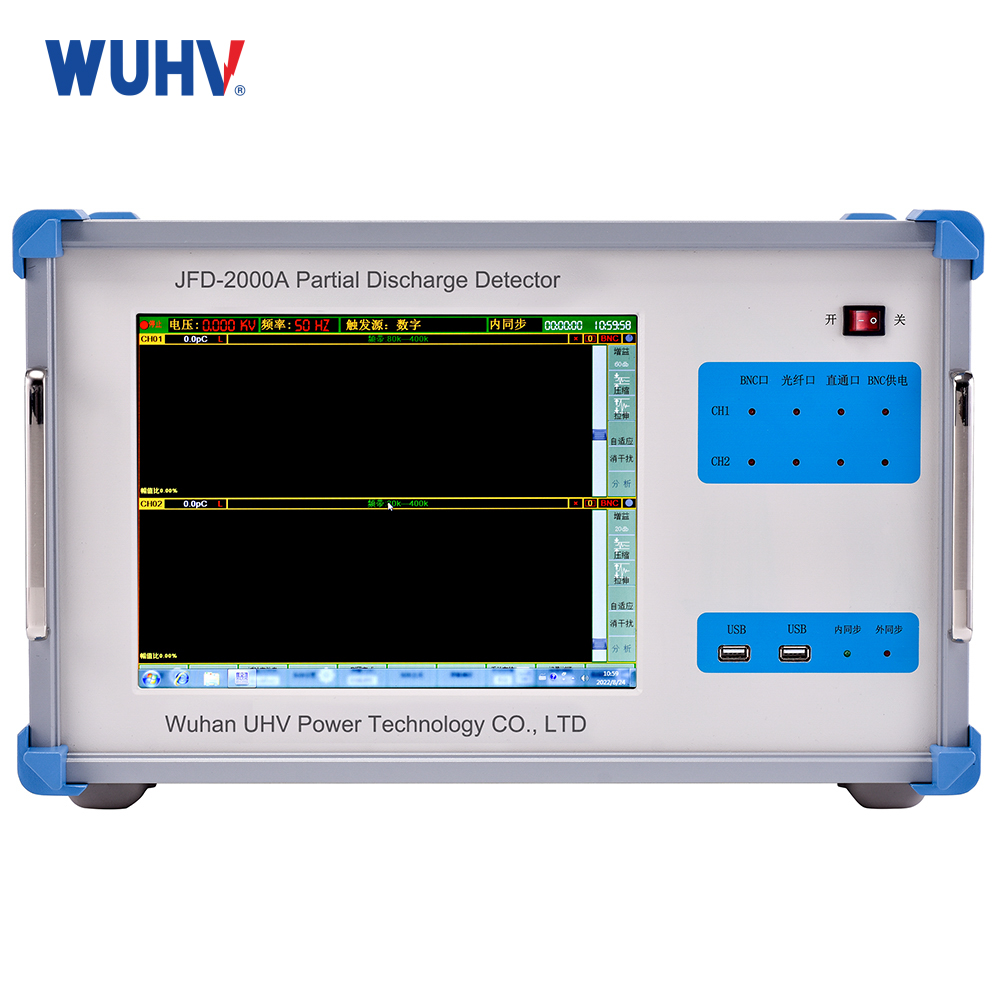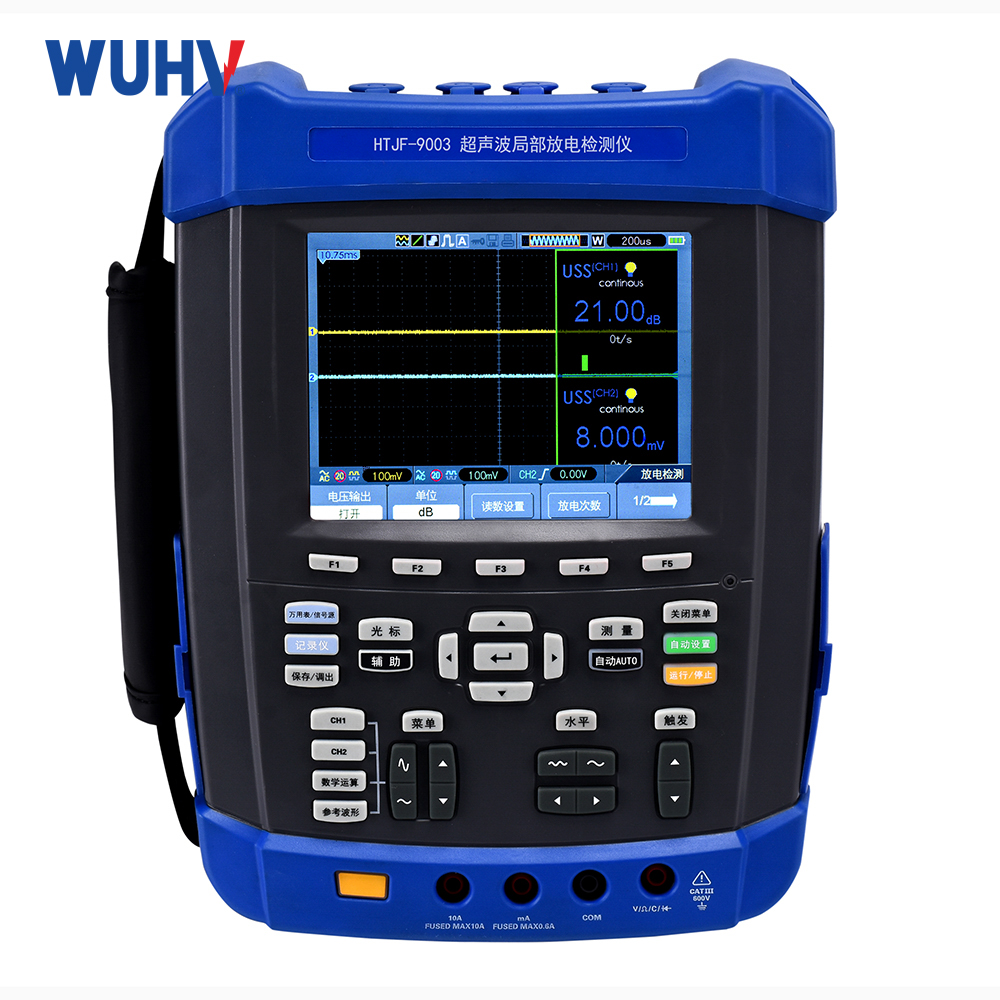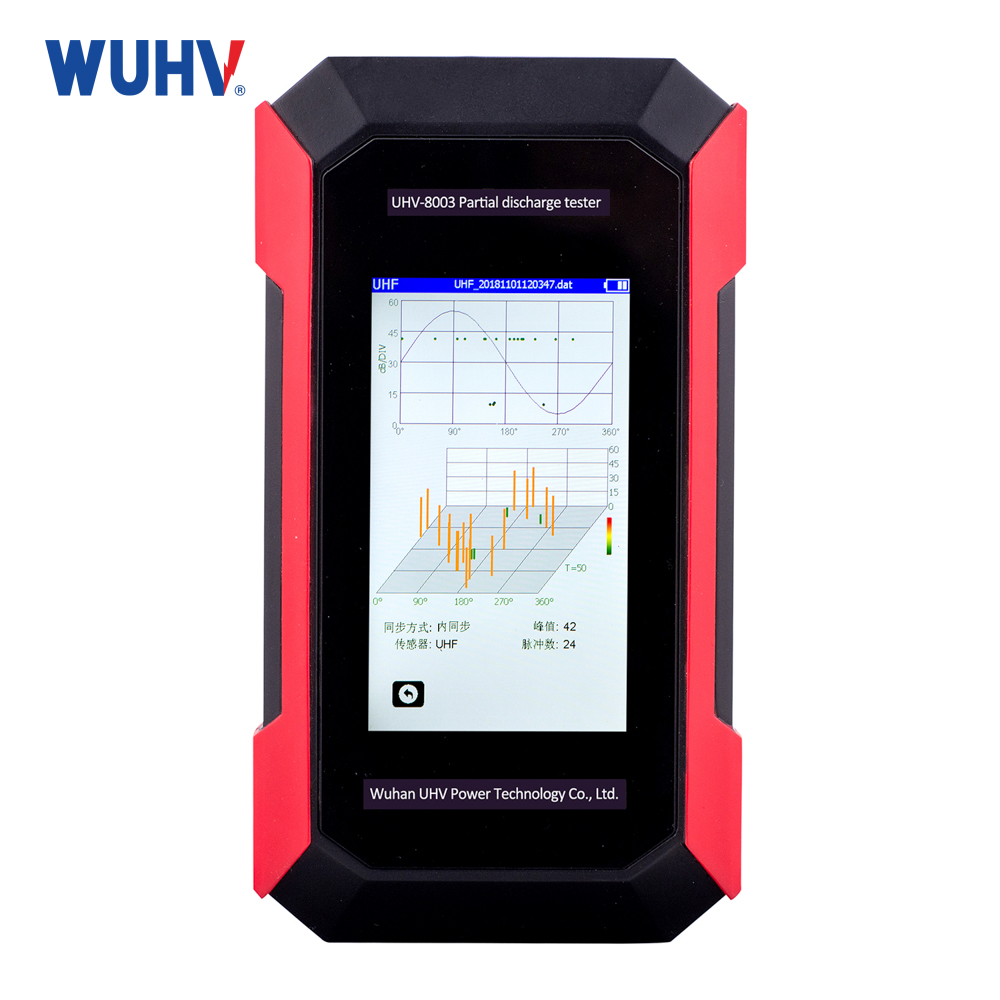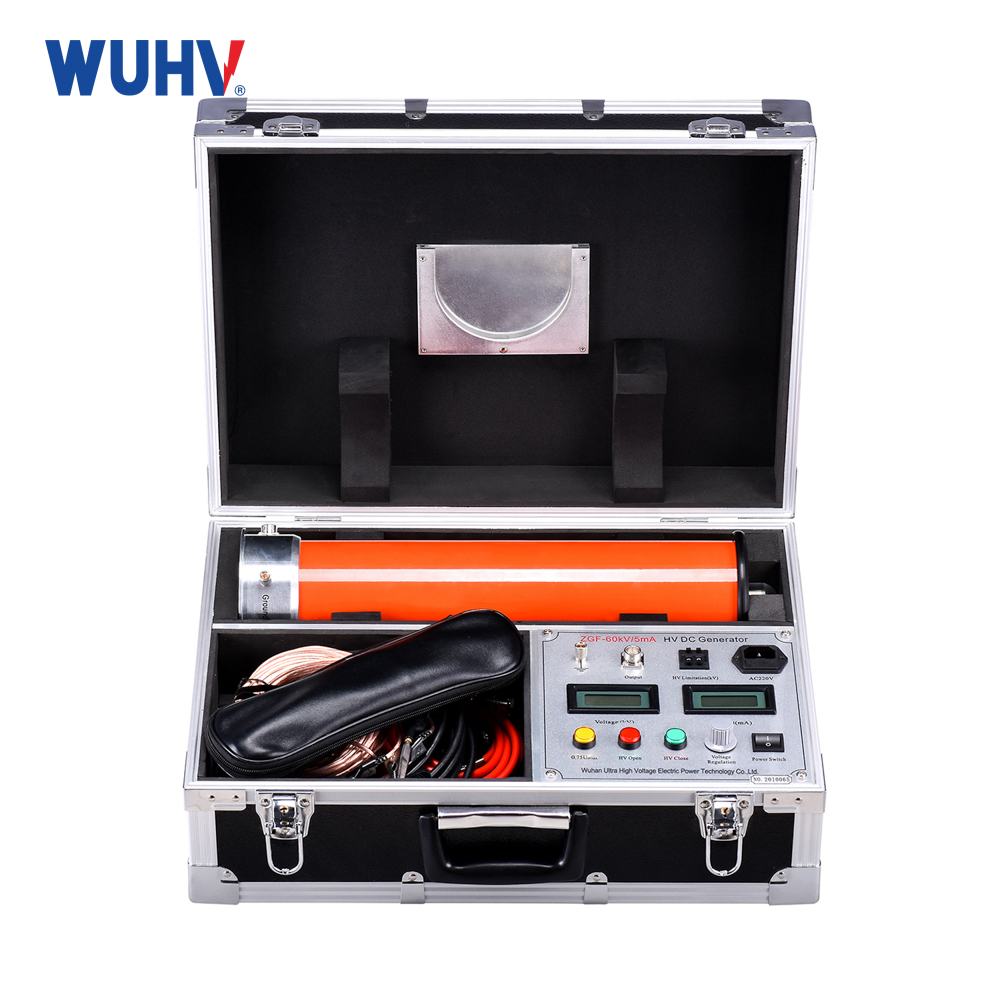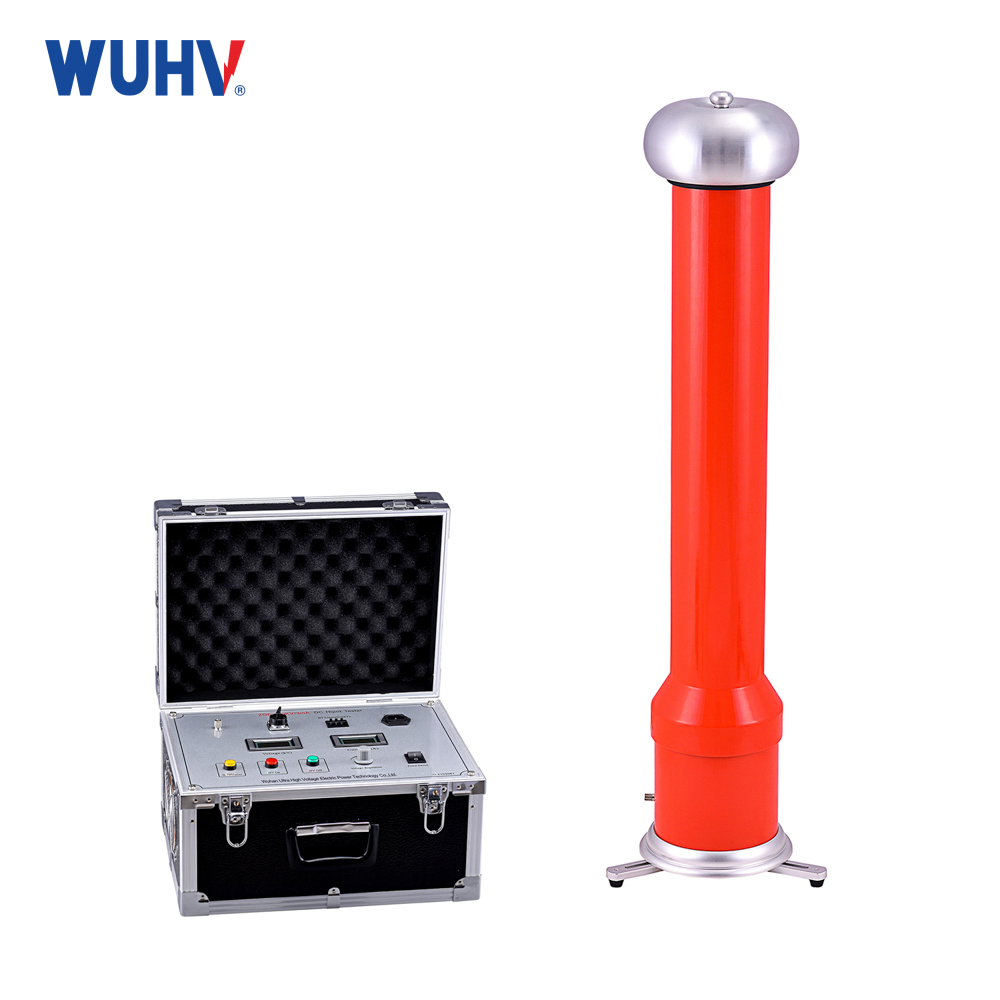The cable fault testerunder Wuhan UHV can help many power workers conduct various power tests more conveniently.
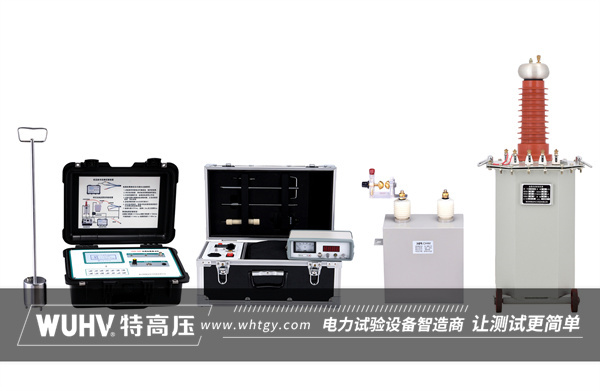
The causes of high-voltage cable failures are complex and diverse, involving multiple aspects such as manufacturing, construction, design, and external forces. The following is a detailed summary and analysis of several main causes of high-voltage cable faults:
1、 Manufacturer's manufacturing reasons
Manufacturing issues with cable body:
Insulation eccentricity: Uneven thickness of the insulation layer may lead to uneven distribution of electric field, causing partial discharge.
Uneven insulation shielding thickness: also affects the distribution of electric fields and increases the risk of faults.
Impurities in insulation: Impurities may become discharge points, reducing insulation strength.
Uneven crosslinking degree: Inconsistent crosslinking degree can affect the electrical and mechanical properties of the cable.
Moisture in cables: Moisture enters the insulation layer, accelerating insulation aging.
Poor sealing of cable metal sheath: causing moisture and dampness to enter, affecting cable insulation.
Manufacturing issues with cable joints:
Manufacturing defects of stress cone body: The stress cone is an important component in cable joints, and its manufacturing defects may lead to electric field concentration and cause faults.
Insulation filler problem: Poor quality or uneven filling of fillers can affect the insulation performance of joints.
Sealing ring oil leakage: The failure of the sealing ring causes oil loss, affecting the sealing performance of the joint.
Cable grounding system issue:
Poor sealing of the box: causing multiple grounding points and increasing the induced current of the metal protective layer.
Damage to the protective layer protector: for example, unstable zinc oxide crystals can cause the protector to fail.
2、 Construction quality reasons
Poor on-site conditions: The temperature, humidity, dust, and other factors at the construction site are difficult to control, which affects the quality of construction.
Insulation surface scratches: During cable construction, small scratches may be left on the insulation surface, reducing insulation strength.
Impurity embedding: Impurities on semiconducting particles and sandpaper may be embedded in insulation, forming discharge points.
Insulation and water absorption: During the joint construction process, the insulation is exposed to the air, which may absorb moisture and affect the insulation performance.
Improper installation: Failure to strictly follow the construction process or process regulations to consider possible issues, such as the formation of a reverse electric field in the joint during DC withstand voltage testing, resulting in insulation damage.
Poor sealing treatment: The intermediate joint is not tightly sealed, causing moisture and dampness to enter.
3、 External force damage
Damage during storage, transportation, and laying: Cables may suffer mechanical damage such as compression, scratches, etc. during these processes.
Ground construction damage: Ground construction of other projects may damage already running buried cables.
4、 Other reasons
Overvoltage and overload operation: Improper selection of cable voltage, sudden high-voltage surge during operation, or long-term overload may all damage the insulation strength of the cable.
Corrosion of protective layer: Electrochemical corrosion caused by underground stray currents or chemical corrosion of non neutral soil may render the protective layer ineffective.
Material selection and manufacturing process issues: Improper material selection or non-standard manufacturing processes may result in gaps between cable heads and cables, leading to breakdown discharge.
In summary, the causes of high-voltage cable failures involve multiple aspects and require strict control over each link in the design, manufacturing, installation, operation, and maintenance of the cable to ensure its safe and reliable operation.


